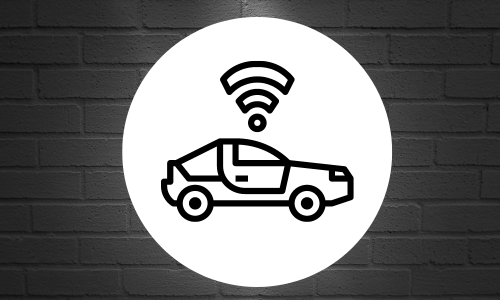There are no items in your cart
Add More
Add More
| Item Details | Price | ||
|---|---|---|---|
Language: ENGLISH
Instructors: Jishnu
Validity Period: 30 days
Why this course?
Lidar, which stands for "Light Detection and Ranging," is a key technology used in self-driving cars (autonomous vehicles) to help them perceive their surroundings. Lidar systems work by emitting laser beams or pulses of light and measuring the time it takes for these pulses to bounce off objects in the environment and return to the sensor. This information is then used to create detailed 3D maps of the vehicle's surroundings, which can be used for various tasks, including obstacle detection and navigation.
Here are some key aspects of how Lidar is used in self-driving cars:
1. Obstacle Detection and Avoidance: Lidar sensors create a 360-degree view of the car's surroundings, which is used to detect nearby objects such as other vehicles, pedestrians, and obstacles. This information is crucial for the car to make real-time decisions on how to safely navigate its path.
Lidar, which stands for "Light Detection and Ranging," is a key technology used in self-driving cars (autonomous vehicles) to help them perceive their surroundings. Lidar systems work by emitting
2. Mapping and Localization: Lidar helps in mapping the environment in high detail. By comparing real-time Lidar data to pre-existing maps, the car can determine its precise location within a few centimeters, allowing for accurate positioning on the road.
3. 3D Perception: Lidar provides not only the location of objects but also their shape and size. This depth information is essential for the car to distinguish between different objects and to understand the three-dimensional world around it.
4. Night and Low-Light Operation: Lidar sensors can operate effectively in various lighting conditions, including darkness and adverse weather. This makes them an important part of the self-driving car's sensor suite, complementing other sensors like cameras and radar.
5. Redundancy and Safety: Self-driving cars typically use multiple sensors, including Lidar, to increase redundancy and enhance safety. If one sensor fails or has limitations in certain conditions, the others can compensate.
6. Improved Object Detection: Lidar can detect objects with high precision, which is especially useful in identifying small or low-contrast objects that might be challenging for other sensors like cameras or radar.
Lidar technology has evolved over the years, with improvements in range, resolution, and cost reduction, making it more accessible for autonomous vehicle development. However, Lidar sensors can be expensive, which has led to ongoing research into alternative sensor technologies that could potentially reduce the cost of self-driving systems. Nonetheless, Lidar remains a critical component in many autonomous vehicle systems, helping them navigate safely and efficiently.
After successful purchase, this item would be added to your courses.You can access your courses in the following ways :
